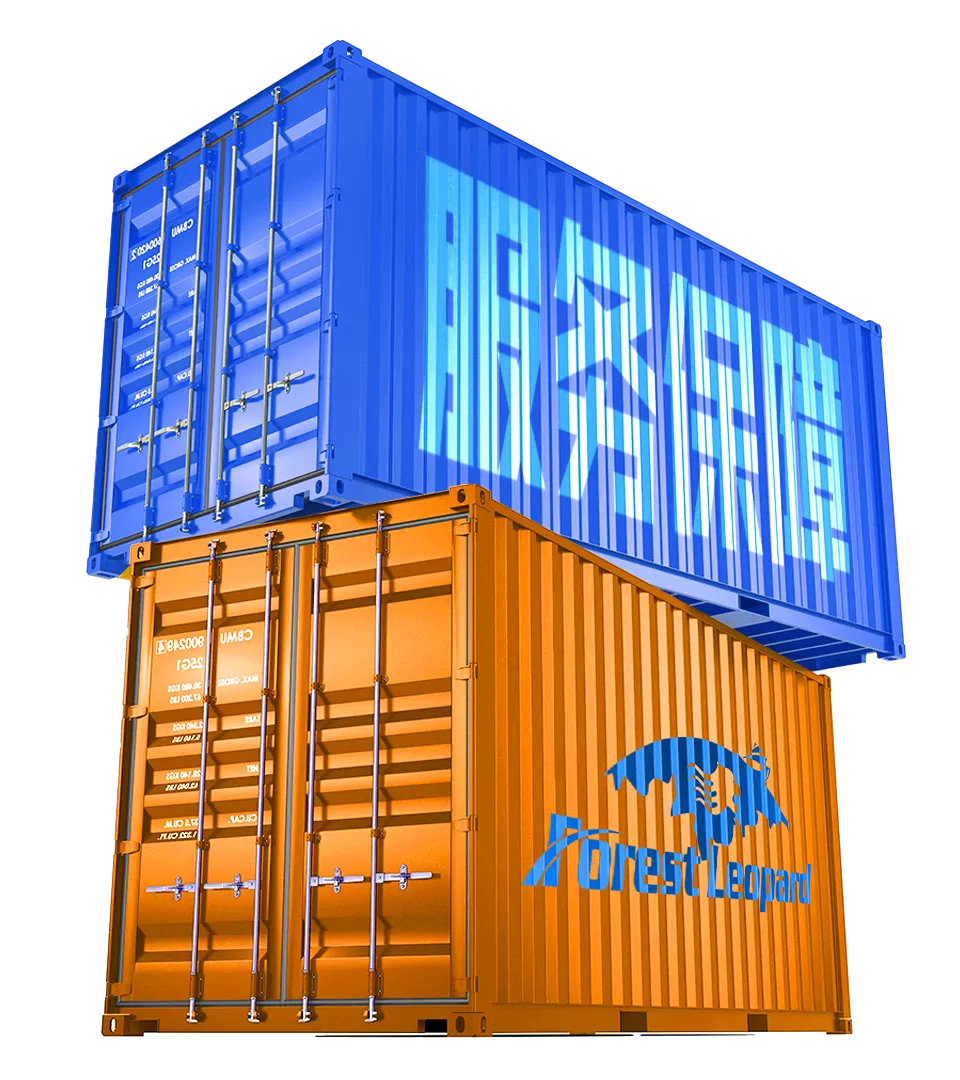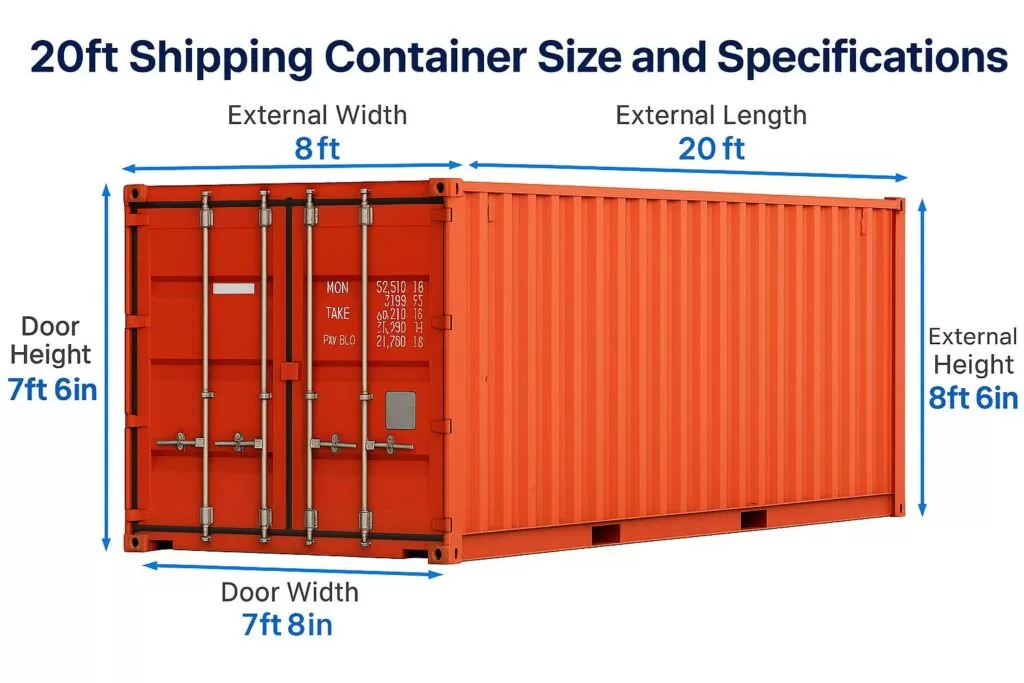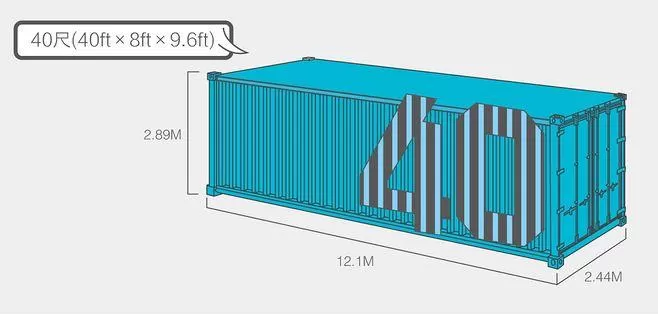Shipping containers are the backbone of international trade, enabling businesses to transport goods safely across the globe. Without containers, freight forwarding services and global logistics would be impossible.
At Forestleopard, we provide expert freight forwarding solutions for businesses of all sizes, helping you select the right shipping container for your cargo and ensuring smooth transportation from origin to destination.
Shipping containers are measured using TEU (Twenty-foot Equivalent Unit) to standardize vessel capacity:
• 20-foot standard container = 1 TEU
• 40-foot standard container = 2 TEU
High cube containers provide an extra foot of height for bulky cargo. Popular variations include:
• 45-foot high cube container
• 48-foot high cube container
• 53-foot high cube container
These containers are stackable with standard 40-foot containers, maximizing space utilization on ships.
Types of Shipping Containers
!Choosing the right container is critical for safe, efficient, and cost-effective freight forwarding.
1. Dry General Purpose Containers
Also known as dry containers, they are fully enclosed, weatherproof, and ideal for transporting non-perishable goods such as electronics, clothing, and packaged items.
2. Flat Rack Containers
Designed for heavy or oversized cargo, including machinery and vehicles. Collapsible sidewalls allow flexible loading and unloading.
3. Open Top Containers
The roof is removable, enabling overheight cargo to be loaded via cranes or bridges. Perfect for tall machinery or finished products.
4. Refrigerated ISO Reefer Containers
Used for temperature-sensitive goods like fruits, vegetables, and meat. Maintains required temperatures with an external power source.
5. Insulated Containers
Similar to reefers but with temperature regulation to withstand high temperatures, suitable for blood, organs, and other sensitive items.
6. Tank Containers
Designed for liquid cargo, made of corrosion-resistant steel. Must be 80–95% full to prevent surging and allow thermal expansion.
7. Bulk Containers
Used for transporting bulk cargo like grains, feed, spices, and general commodities.
8. Ventilated Containers
Ideal for goods requiring airflow, such as coffee beans and cocoa, preventing moisture buildup during shipping.
9. Car Carrier Containers
Specialized for vehicle transport, with retractable platforms and removable sides for efficient loading of two cars per container.
Understanding the types of shipping containers and their applications is essential for efficient freight forwarding and international trade. From dry containers to specialized reefer, tank, and car carriers, choosing the right container ensures your cargo arrives safely and cost-effectively.
Partner with Forestleopard, a trusted freight forwarder company, to handle your global shipping needs. From container selection and ocean freight management to final delivery, we provide end-to-end logistics solutions tailored for your business.
Contact Forestleopard today to learn more about our freight forwarding services and optimize your international shipping process.
Are you ready?
Get real-time quotes for Milan
Get Quotes

 EN
EN
 FR
FR
 ES
ES
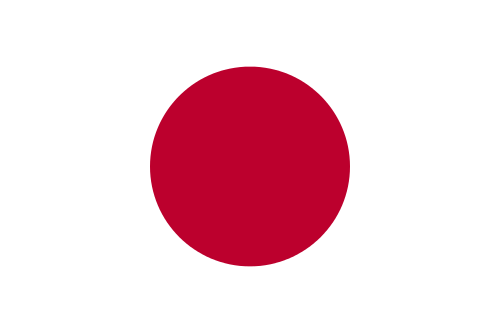 JA
JA
 PT
PT
 RU
RU
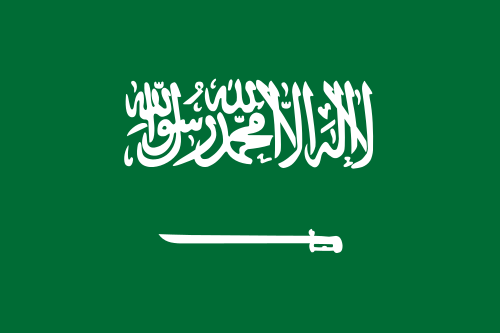 AR
AR
